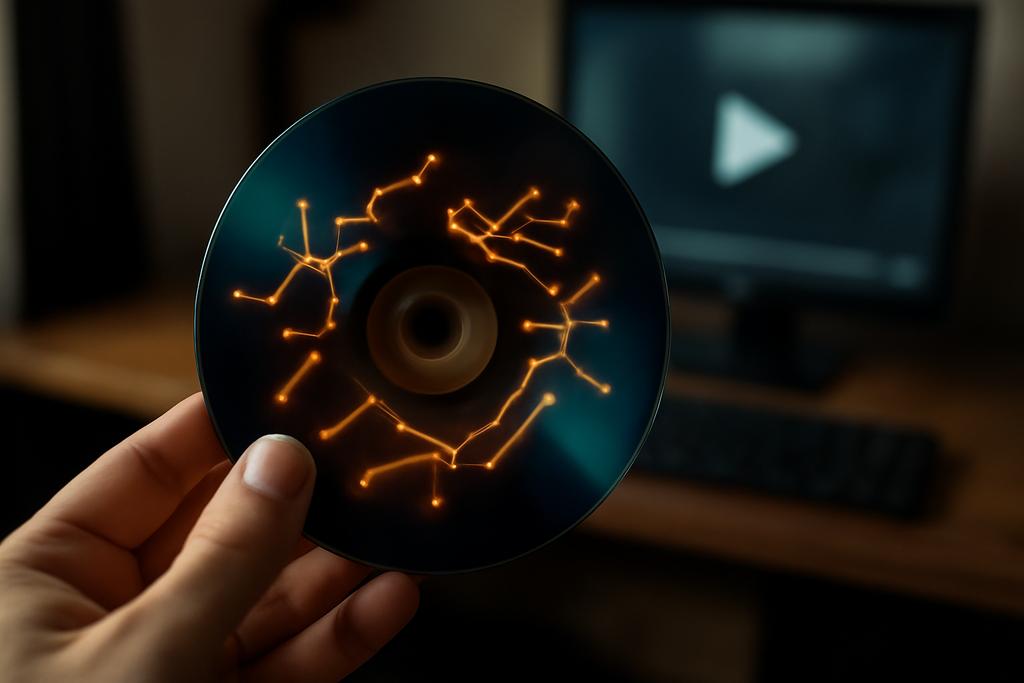The digital world thrives on the easy replication of information. But what if we could create digital content so fundamentally resistant to copying that even the power of quantum computers couldn’t break it? That’s the tantalizing promise of quantum copy protection, a field currently undergoing a revolution thanks to a breakthrough paper from researchers at Carnegie Mellon University and NTT Research. Led by Alper Çakan and Vipul Goyal, their work significantly expands the range of digital functionalities that can be shielded from illicit duplication, opening possibilities previously thought impossible.
The Problem of Digital Cloning
Imagine a world where you could perfectly duplicate any software, movie, or song without any loss of quality or detection. This isn’t some dystopian fantasy; it’s the reality of our digital age. The very nature of bits and bytes makes copying trivial. While traditional copyright and watermarking techniques can deter casual piracy, they’re ultimately vulnerable to determined adversaries. Stronger measures are needed, especially in the face of the looming quantum computing era.
Conventional cryptography focuses on secrecy and authentication. Quantum copy protection, however, takes a different tack. Instead of protecting secrets, it protects the ability to execute a function. Think of a specialized software program that does something specific—it might be a cryptographic algorithm, a complex simulation, or a proprietary piece of code. Quantum copy protection ensures that a user can get access to the program and use it, but they can’t make unauthorized copies that would allow other people to get that same functionality.
The Malleable-Puncturable Breakthrough
Previous methods of quantum copy protection were limited in scope, only working with specific types of digital functionalities. The most advanced techniques could protect what are known as “puncturable schemes”. These are programs where you can remove the ability to compute at specific inputs while still retaining the ability to compute at others. Think of it like poking holes in a sheet of paper: you can still use most of it, even after removing certain parts. But this is just a small subset of the computational world.
Çakan and Goyal’s research introduces the concept of ‘malleable-puncturable schemes’. This is a broader category of functions that encompasses puncturable functions and a variety of others, making this framework much more broadly applicable. They describe these as schemes where, even after rendering the program incapable of acting on certain inputs (through a process called puncturing), you can still create a modified version of the program. This modified version can reliably respond to a set of inputs entirely unrelated to the ones originally blocked. This flexibility allows the approach to protect a much larger class of functions than previously possible.
The analogy here isn’t just poking holes in a piece of paper; it’s more like creating a new, related paper entirely after having removed some sections, making it easier to protect a broader class of documents. This flexibility extends quantum copy protection to a much wider range of practical applications.
Security Against Arbitrary Attacks
Furthermore, the new method boasts improved security. Previous work on quantum copy protection often assumed that the points to be “punctured” (the inputs the program shouldn’t compute) were pseudorandomly chosen. This research shows that their method works for arbitrary distributions. This enhanced robustness means their technique is considerably more resilient against sophisticated attack strategies.
Building the Quantum Shield
The researchers built their quantum copy protection scheme using several sophisticated building blocks: indistinguishability obfuscation (iO) and one-way functions (OWF). iO ensures that the protected functionality is resistant to manipulation and reverse-engineering; an adversary cannot modify the encrypted code to alter its behavior, thus ensuring only the user gets the correct functionality. OWFs guarantee that the program cannot be easily decrypted, thus protecting the original functionality itself. The security relies on the assumption that sufficiently strong versions of these building blocks exist, which is a widely accepted assumption in theoretical cryptography. In essence, this acts like a sophisticated shell protecting the code inside from unauthorized access.
To achieve their remarkable result, Çakan and Goyal cleverly use quantum states called ‘coset states’, which have unique properties making them ideal for this kind of protection. Think of these states as encoding the information in a particularly resilient way. In essence, you are embedding the program in a specially designed quantum state, making it impossible to fully copy without destroying its functionality. The combination of these quantum states with the security guarantees from iO and OWFs acts like a multi-layered shield.
The Implications
This research has far-reaching implications. It could revolutionize the way we protect digital intellectual property. Imagine being able to distribute software or sensitive algorithms with absolute assurance that they cannot be copied or reverse-engineered—this would be a game-changer for various industries.
While this is a theoretical breakthrough for now, the implications are profound. The techniques used might one day underpin completely new models of digital asset management and distribution, allowing creators to control access to their work far more effectively than current methods allow. The potential applications go beyond software; it could even extend to protecting sensitive data and cryptographic keys, adding a much-needed layer of security in our increasingly interconnected world.
It’s important to note that these advances are firmly in the realm of theoretical cryptography. Building a practical quantum copy protection system based on this work would require significant further engineering. However, the conceptual foundation is now firmly in place, and its creation feels almost within reach.










